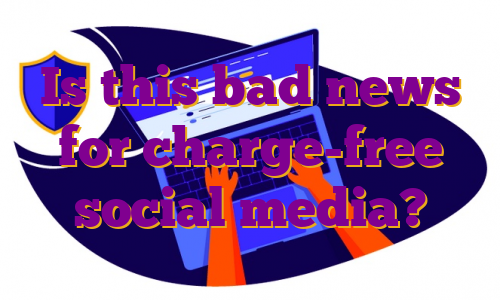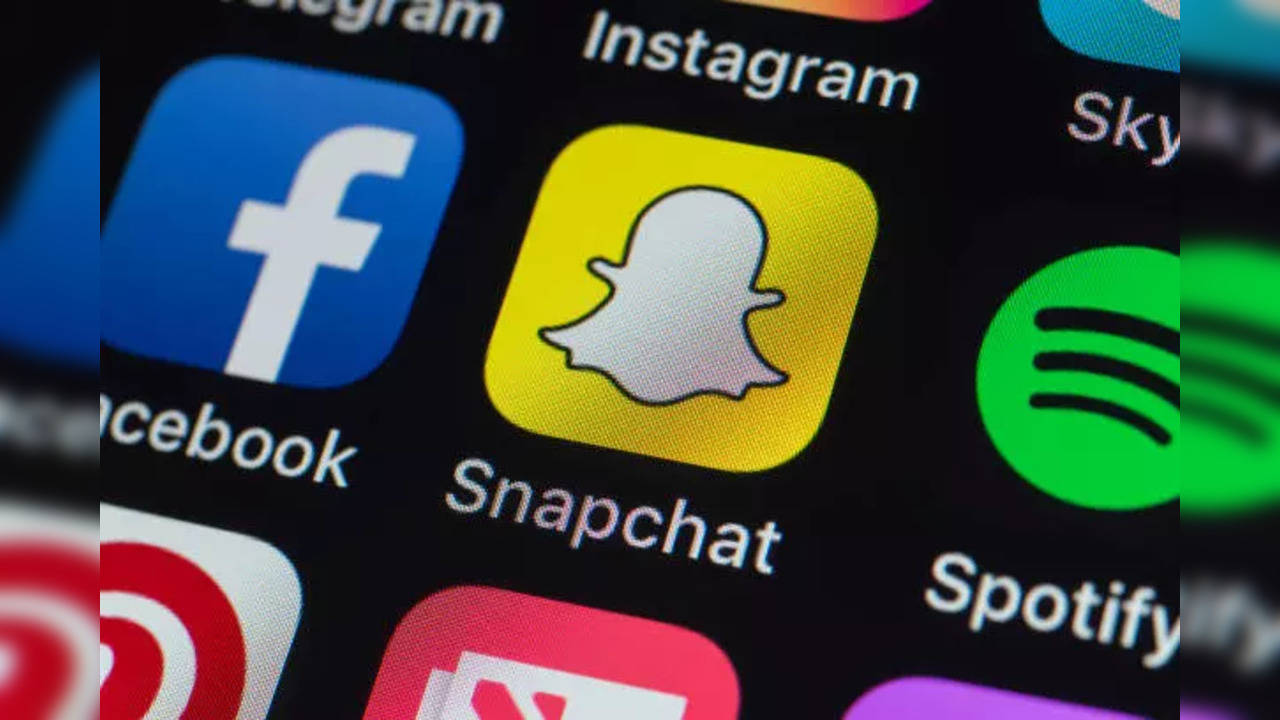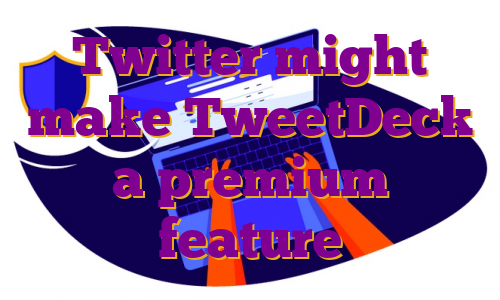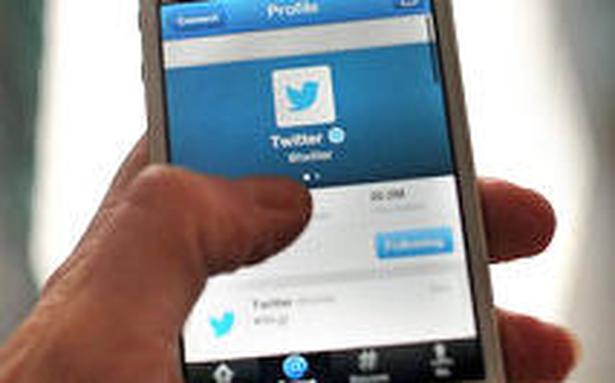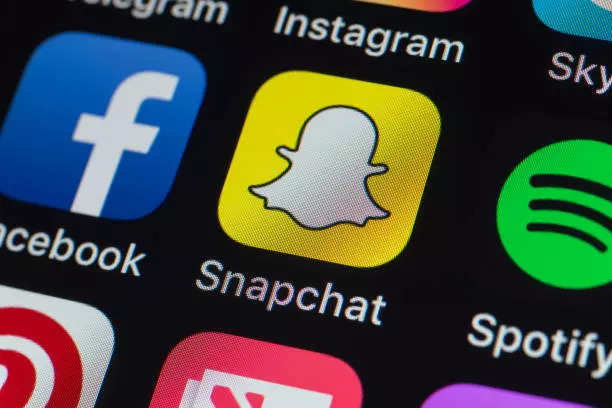 Over the last year, social media giants have been trying to overhaul their business models in a way to work around Apple’s transparency feature. Snapchat is experimenting with premium features for a new subscription-based model.Photo : iStockMass social media held its appeal in maximising connections by allowing virtually anyone with access to a smart device and internet to sign up. Companies offer their services for free because they earn their revenue primarily by selling advertisement. Better targeted ads improve sales of clients and add to the pockets of social media giants. But to fine tune advertising, companies need access to users’ data which we knowingly hand them (if one scrutinises the rambling, sleep-inducing terms and conditions) when signing up. What has upset the apple cart, well, is Apple, the company, whose iOS 14.5 allows users to turn off ad tracking for apps. In the latest feature which was released in April 2021, Apple has put the user in control of their unique identifier for advertisers or IDFA – a unique serial number assigned to each device that tracks what pages, apps and sites the user has visited. The IDFA links what you have been doing across the internet and serves this mine of information to advertisers who then want to sell you what you need (and may not need) with such precision it seems as though your phone were reading your mind.Related News
Over the last year, social media giants have been trying to overhaul their business models in a way to work around Apple’s transparency feature. Snapchat is experimenting with premium features for a new subscription-based model.Photo : iStockMass social media held its appeal in maximising connections by allowing virtually anyone with access to a smart device and internet to sign up. Companies offer their services for free because they earn their revenue primarily by selling advertisement. Better targeted ads improve sales of clients and add to the pockets of social media giants. But to fine tune advertising, companies need access to users’ data which we knowingly hand them (if one scrutinises the rambling, sleep-inducing terms and conditions) when signing up. What has upset the apple cart, well, is Apple, the company, whose iOS 14.5 allows users to turn off ad tracking for apps. In the latest feature which was released in April 2021, Apple has put the user in control of their unique identifier for advertisers or IDFA – a unique serial number assigned to each device that tracks what pages, apps and sites the user has visited. The IDFA links what you have been doing across the internet and serves this mine of information to advertisers who then want to sell you what you need (and may not need) with such precision it seems as though your phone were reading your mind.Related News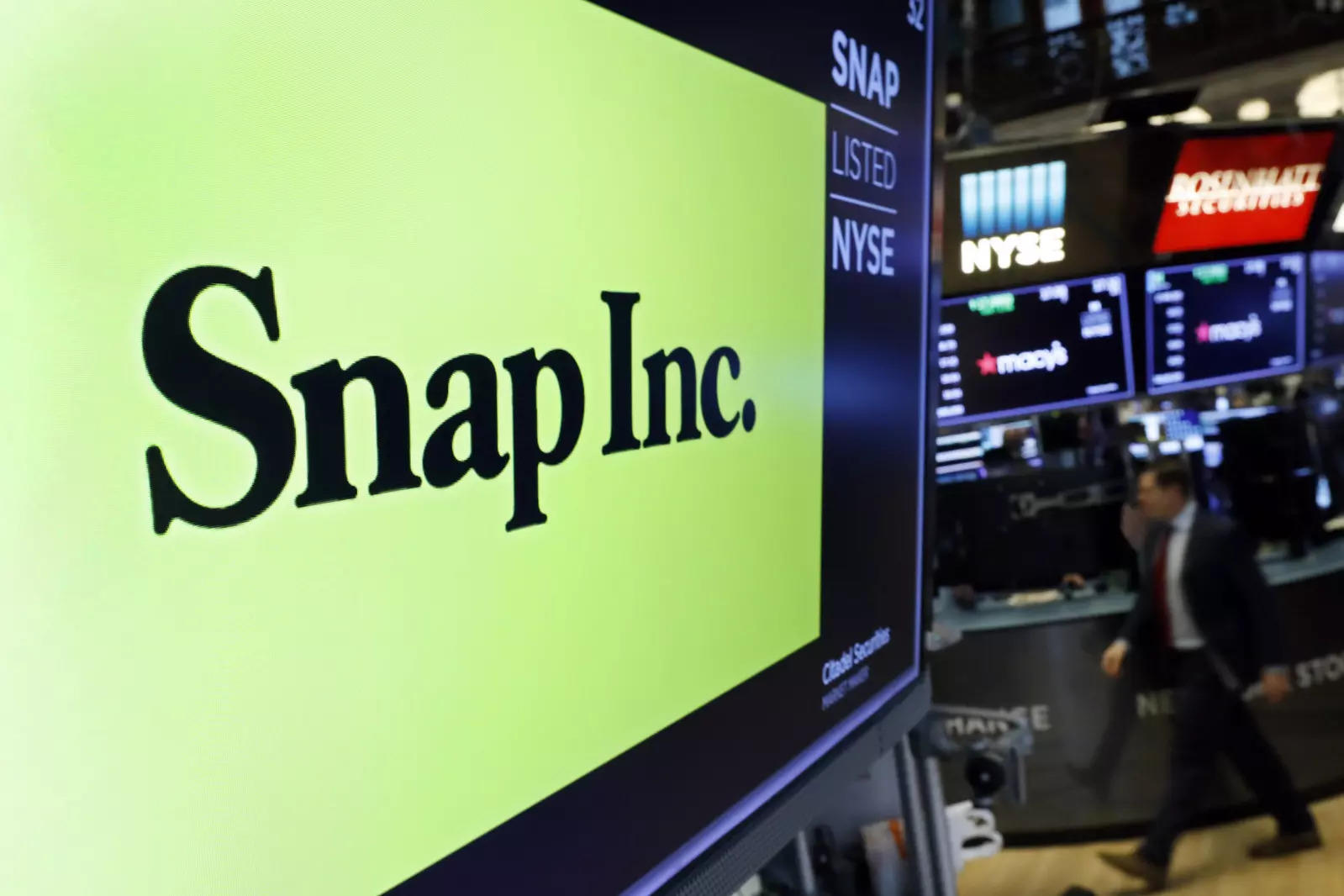 After Telegram, Snapchat working on paid subscription service – Snapchat Plus
After Telegram, Snapchat working on paid subscription service – Snapchat Plus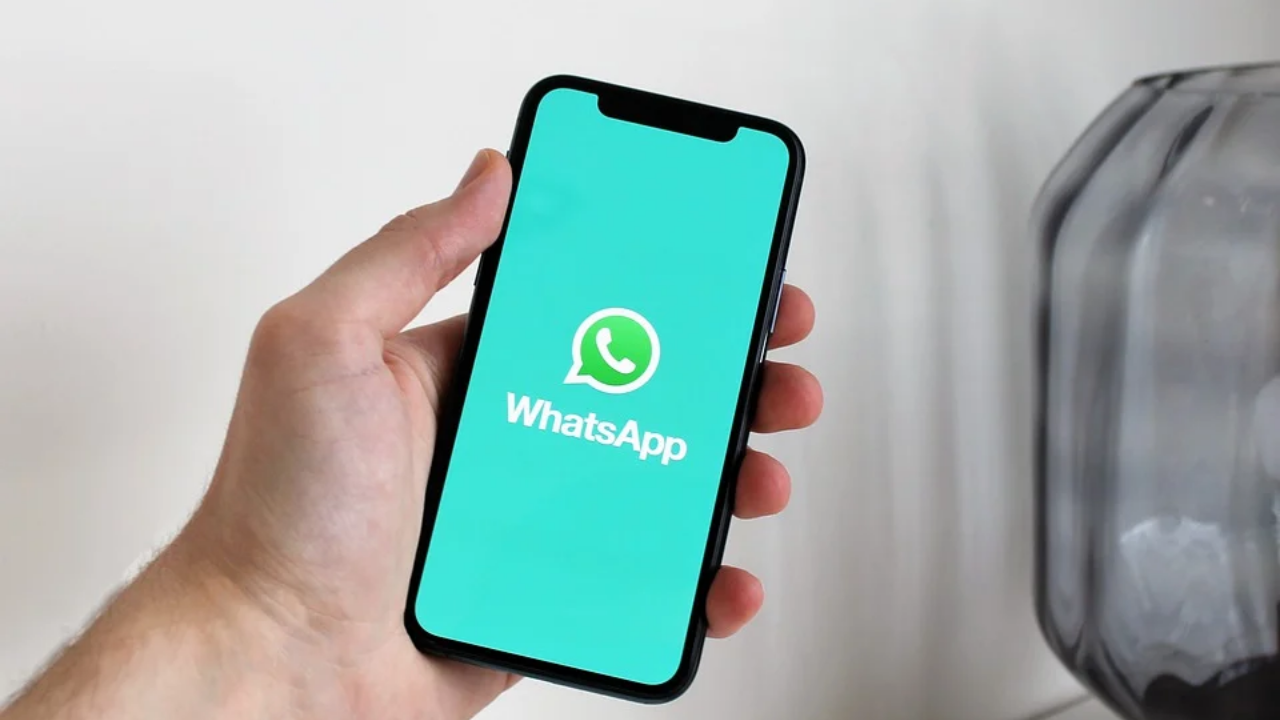 WhatsApp’s new feature will allow you to transfer data from Android to iOS With the 2021 iOS update, Apple no longer sends out the IDFA unless the user opts into being tracked. Apple’s mechanism is not foolproof and surely not the only way to track users’ online footprint, experts have noted. However, it appears to have caused a flutter among companies that rely heavily on app tracking data for advertisers, among them Meta, Snapchat and Telegram. Over the last year, social media giants have been trying to overhaul their business models in a way to work around Apple’s privacy barrier but without much success. This has prompted first Telegram, Twitter, and now Snapchat, to launch subscription models for premium users. Twitter launched its blue service late last year and Telegram is also working on a premium subscription that The Verge reports will be revealed later this month. Snapchat, an app popular among the generation Z for its fleeting content that runs on engaging users over their “fear of missing out”, has been hit hard by falling revenues. While it was already struggling to arrest a drop in ad sales due to Apple’s privacy feature, the company’s business was impacted by Russia’s war on Ukraine. A Wall Street journal report says that some advertisers had paused spending in the immediate aftermath of the invasion, although they resumed spending within 10 days. Besides, Snap says it also incurred about $5 million in costs for efforts to support team members affected by the war. In its first quarter results posted in April, Snap posted results that were below the Wall Street’s expectations. The company is not too optimistic about its growth in the current quarter either with rising inflation affecting advertiers’ ability to spend, disruptions in the digital ad market and Apple’s privacy policy changes. All of this caused Snap to consider a paywall for its premium services. Though we don’t know yet, it is likely that the company will keep offering its regular services for free. Snap Inc, the parent company of Snapchat is currently testing Snapchat plus, its paid subscription model. Snap has not confirmed the update but the news was share don Twitter by Alessandro Paluzzi, a mobile developer and app researcher. Some of the premium features of Snapchat Plus will include the ability to pin one of your friends as your “#1 BFF”, change the Snapchat icon, and see who rewatches your stories – inducement enough, we presume, for Gen Z to flock to the medium despite the price tag? Paluzzi revealed that the price for Snapchat Plus is currently listed as 4.59 Euros (over Rs 300) a month and 45.99 Euros (about Rs 3762) a year though these are not of course the final fees. According to statista.com, India has 144.35 million Snapchat users and surpasses even the United States which is at 107.95 million (as of April 2022). How many would sign up for this feature is anybody’s guess. Even Twitter Blue that was rolled out last year in Australia and Canada is digging deeper into understanding what subscribers would want out of their Twitter experience to take it to the “next level”. Even then, free Twitter is not going away and “will never” be logged off according to the company. Social media platforms have only now started experimenting with subscription models. The success would depend on how many users they can convert to a loyal subscriber, whether these are expenses that millions of people would willingly incur, and how adept the companies will be at retaining paid users. .
WhatsApp’s new feature will allow you to transfer data from Android to iOS With the 2021 iOS update, Apple no longer sends out the IDFA unless the user opts into being tracked. Apple’s mechanism is not foolproof and surely not the only way to track users’ online footprint, experts have noted. However, it appears to have caused a flutter among companies that rely heavily on app tracking data for advertisers, among them Meta, Snapchat and Telegram. Over the last year, social media giants have been trying to overhaul their business models in a way to work around Apple’s privacy barrier but without much success. This has prompted first Telegram, Twitter, and now Snapchat, to launch subscription models for premium users. Twitter launched its blue service late last year and Telegram is also working on a premium subscription that The Verge reports will be revealed later this month. Snapchat, an app popular among the generation Z for its fleeting content that runs on engaging users over their “fear of missing out”, has been hit hard by falling revenues. While it was already struggling to arrest a drop in ad sales due to Apple’s privacy feature, the company’s business was impacted by Russia’s war on Ukraine. A Wall Street journal report says that some advertisers had paused spending in the immediate aftermath of the invasion, although they resumed spending within 10 days. Besides, Snap says it also incurred about $5 million in costs for efforts to support team members affected by the war. In its first quarter results posted in April, Snap posted results that were below the Wall Street’s expectations. The company is not too optimistic about its growth in the current quarter either with rising inflation affecting advertiers’ ability to spend, disruptions in the digital ad market and Apple’s privacy policy changes. All of this caused Snap to consider a paywall for its premium services. Though we don’t know yet, it is likely that the company will keep offering its regular services for free. Snap Inc, the parent company of Snapchat is currently testing Snapchat plus, its paid subscription model. Snap has not confirmed the update but the news was share don Twitter by Alessandro Paluzzi, a mobile developer and app researcher. Some of the premium features of Snapchat Plus will include the ability to pin one of your friends as your “#1 BFF”, change the Snapchat icon, and see who rewatches your stories – inducement enough, we presume, for Gen Z to flock to the medium despite the price tag? Paluzzi revealed that the price for Snapchat Plus is currently listed as 4.59 Euros (over Rs 300) a month and 45.99 Euros (about Rs 3762) a year though these are not of course the final fees. According to statista.com, India has 144.35 million Snapchat users and surpasses even the United States which is at 107.95 million (as of April 2022). How many would sign up for this feature is anybody’s guess. Even Twitter Blue that was rolled out last year in Australia and Canada is digging deeper into understanding what subscribers would want out of their Twitter experience to take it to the “next level”. Even then, free Twitter is not going away and “will never” be logged off according to the company. Social media platforms have only now started experimenting with subscription models. The success would depend on how many users they can convert to a loyal subscriber, whether these are expenses that millions of people would willingly incur, and how adept the companies will be at retaining paid users. .
Twitter might make TweetDeck a premium feature
Twitter might soon make TweetDeck a premium feature through its Twitter Blue subscription service. The development was spotted by reverse engineer Jane Manchun Wong.
Twitter is filling in the new @TweetDeck signup page that they’re working on. Two new highlights:1. A link for “the legacy version of TweetDeck” (even though it might be deprecated at some point in the future)2. “Ad-free experience” being marketed as the selling point 😛 https://t.co/XP6sYsTUGM pic.twitter.com/fRc0ujZ7o2— Jane Manchun Wong (@wongmjane) March 30, 2022
Wong discovered a work-in-progress sign-up page for the app. Last week, Wong came across a code in the app that would restrict TweetDeck access to users with a Twitter Blue subscription.
Twitter said it had “nothing to share on this at the moment” when The Verge asked whether it plans to monetise TweetDeck.
TweetDeck started off as a third-party app until Twitter bought it in 2011. TweetDeck is currently free to use and ad-free.
Twitter had been exploring ways to put TweetDeck behind a paywall since 2017. In July 2021, an improved version of TweetDeck was available to a limited number of accounts. The Verge reported thatTweetDeck could likely be a huge selling point of Twitter Blue.
Twitter Blue features include bookmark folders, reader mode, and the ability to undo a tweet. However, Twitter Blue is only available in select markets, including the US, Canada, Australia, and New Zealand. The company is yet to announce its expansion to other markets.
Published on
March 31, 2022
.

